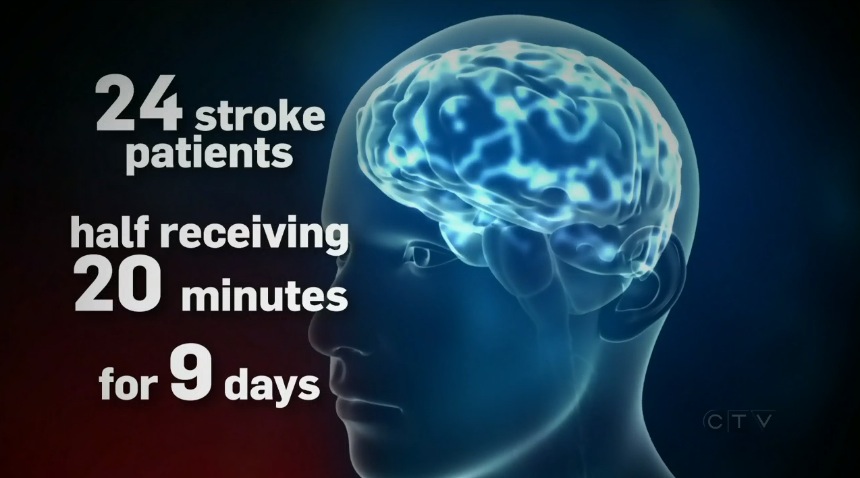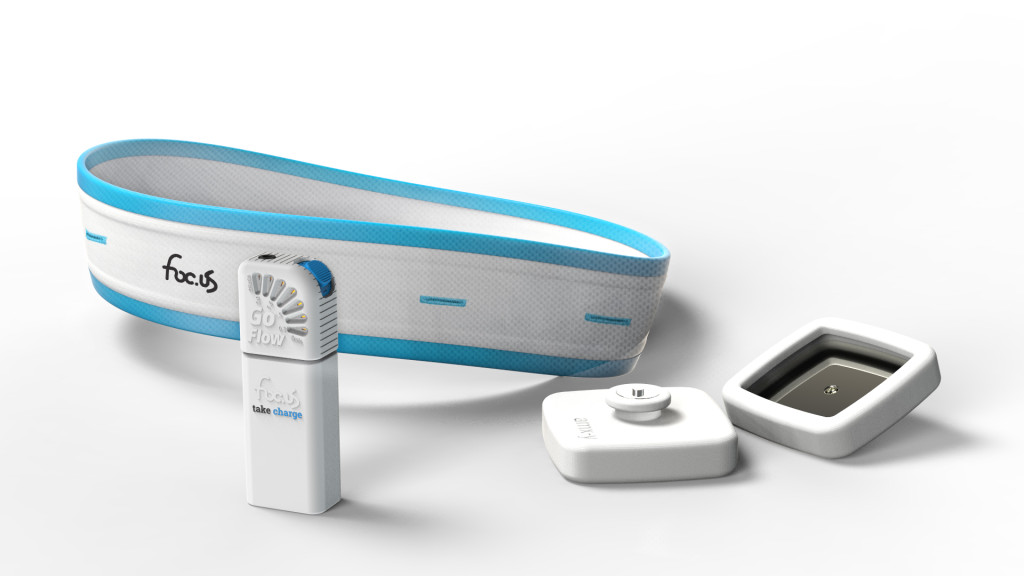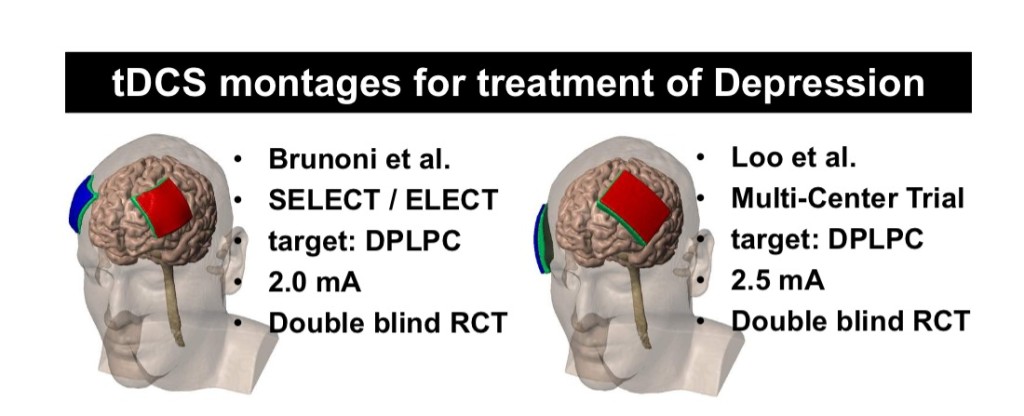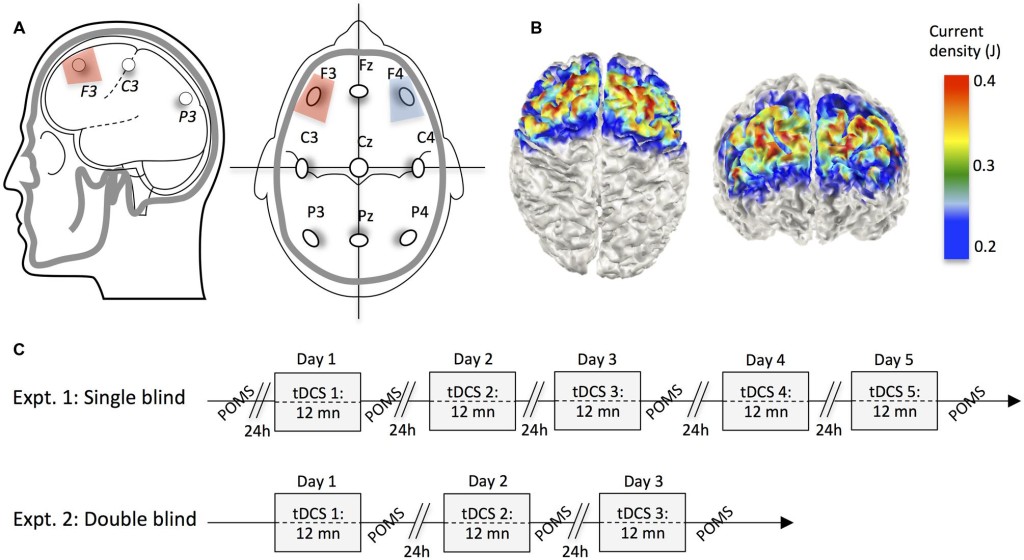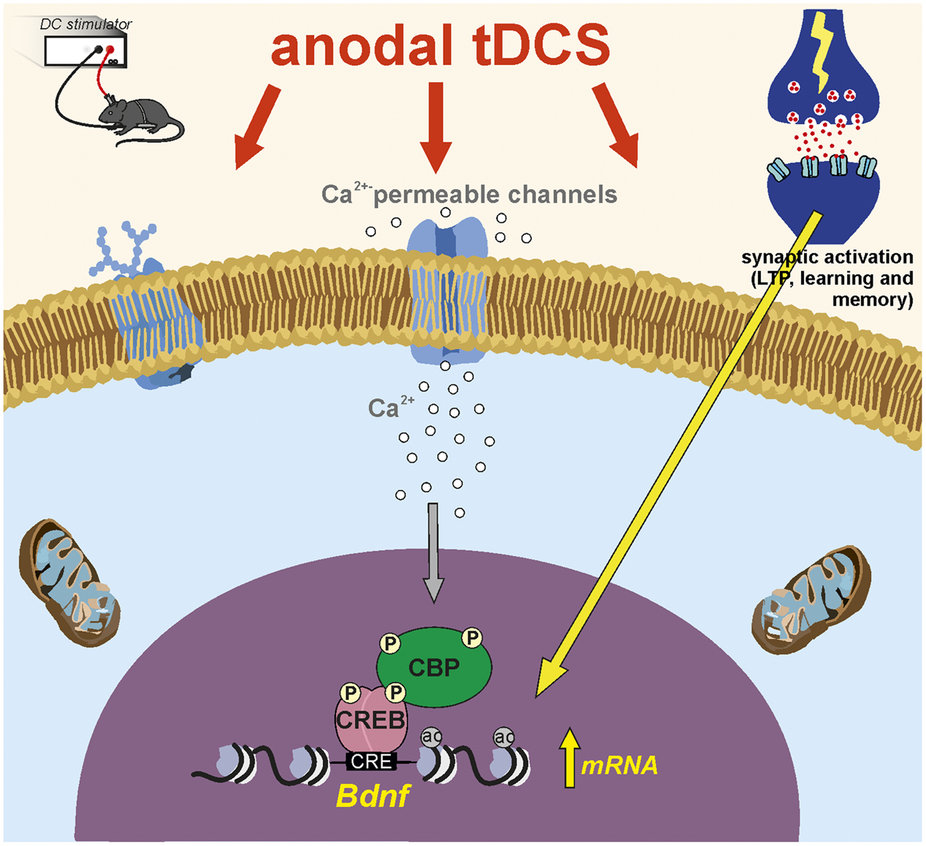Anna Wexler is a Ph.D. candidate in the HASTS Program (History, Anthropology, Science, Technology, and Society) at MIT. Her dissertation focuses on the ethical, social and regulatory implications of consumer non-invasive brain stimulation. She is currently a 2015-2016 visiting scholar at the Center for Neuroscience and Society at the University of Pennsylvania. In 2007, Anna graduated from MIT with two Bachelors’ of Science degrees, one in Brain and Cognitive Science and the other in Humanities and Science with a focus in Writing.
Papers of Anna’s we discuss.
A pragmatic analysis of the regulation of consumer transcranial direct current stimulation (TDCS) devices in the United States
The practices of do-it-yourself brain stimulation: implications for ethical considerations and regulatory proposals (Paywall)
“Medical Batteries”
The Practice of Medical Electricity: Showing the Most Approved Apparatus, Their Methods of Use, and Rules for the Treatment of Nervous Diseases, More Especially Paralysis and Neuralgia
Harvard Law Professor Peter Barton Hutt
Sally Adee Better Living Through Electrochemistry 2/9/2012 Her blog version of the New Scientist article (now paywalled).
GoFlow FlowStateEngaged.com (2012 Archive.org)
Radiolab 9-Volt Nirvana 6/26/2014
Elif Batuman Electrified 4/6/2015 New Yorker
The challenge of crafting policy for do-it-yourself brain stimulation
Nicholas S Fitz, Peter B Reiner
General Wellness: Policy for Low Risk Devices – Draft Guidance for Industry and Food and Drug Administration Staff (PDF – 550KB)
The FDA doesn’t want to regulate wearables, and device makers want to keep it that way (The Verge)


